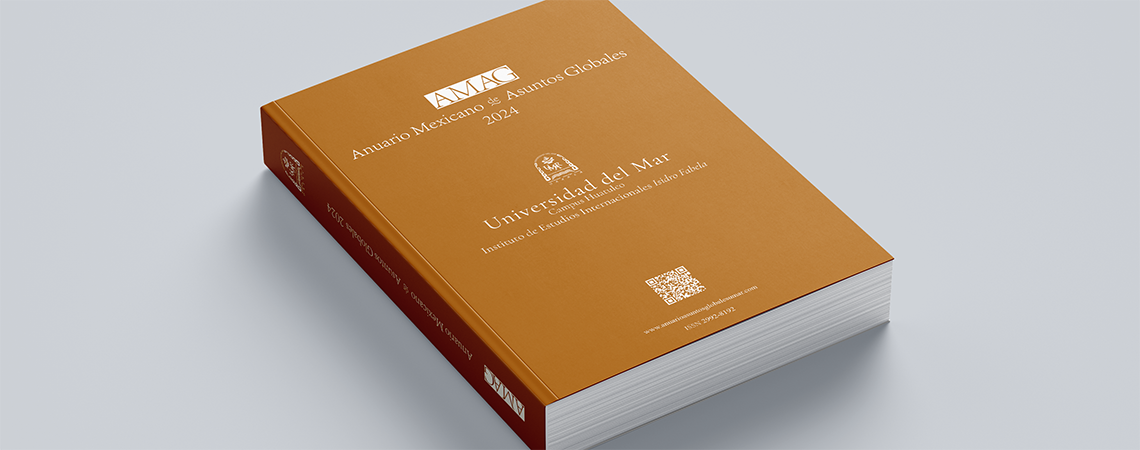The geopolitics and geoeconomics of the Middle East through multimodal corridors
the competition among the BRI, INSTC, and IMEC initiatives
DOI:
https://doi.org/10.59673/amag.v3i3.106Keywords:
Geopolitics, Geoeconomics, Multimodal Corridors, Middle EastAbstract
In an international context where the dispute between East and West reflects an emerging multipolar order, multimodal corridors have become a new arena of international competition. Thus, the Middle East has redefined its international role, becoming a strategic and central hub for multidimensional connectivity initiatives. In this regard, the projection of China’s Belt and Road Initiative (BRI), Russia’s International North-South Transport Corridor (INSTC), and the India-Middle East-Europe Corridor (IMEC) proposed by the United States and Europe highlights the geopolitical and geoeconomic competition over the region. Considering this, the present study aims to examine the overlap of multimodal corridors projected onto the Middle East and North Africa (MENA) from both the East and the West. The countries in the region, far from being passive actors, pursue their own interests and establish multiple alignments to mitigate risks. In the interaction between geopolitical project formulators—who employ various geoeconomic instruments—and regional actors, one key yet scarce condition is necessary for success: stability, a resource as rare in the region as water itself.


